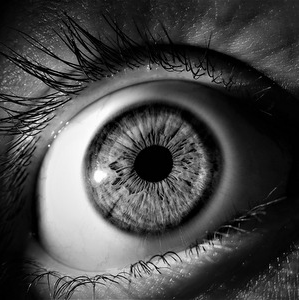Samara University scientists have developed a diabetic retinopathy (diabetic eye disease) open treatment system. Aсcording to the researchers, the system is able to reduce the risk of complications and blindness, dismiss the majority of medical malpractices and improve benign outcome of surgeries. The research results have been published in the academic journal ‘Computer Optics’.
In case of hyperglycemia, the blood vessels of the eye retina receive less oxygen which leads to the diabetic retinopathy. One of the most severe complications of retinopathy is macular edema causing blindness.
According to the scientists, an effective way to treat diabetic retinopathy is to apply a series of dosed laser burns to the edema. In this case, it is important to exclude any contacts of the laser with particular vessels. An expert physician is involved in order to determine the areas to be laser-treated. Thus, the surgical planning takes a lot of time, and the manual burn point positioning may prove to be the least proper and rather inaccurate. Poorly performed operation results in many clinics referring their patients for expensive medical procedures.
To automate the treatment, the retina should be correctly segmented. The Samara scientists have developed a system mainly based on digital image processing and optimal burn planning methods.
“The research will help us to get statistics of benign outcome surgeries for the diabetic retinopathy treatment. We are planning to introduce a pilot system based on the obtained data that will display a recommended treatment plan directly before the operation,” Natalia Iliasova, a Research Associate and Professor of Technique Cybernetics Department, reported.
In the future, the scientists are planning to implement the technology in ophthalmic clinics as an augmented reality system. Eventually, doctors will be able to observe the recommended diabetic retinopathy treatment plan in real time.
